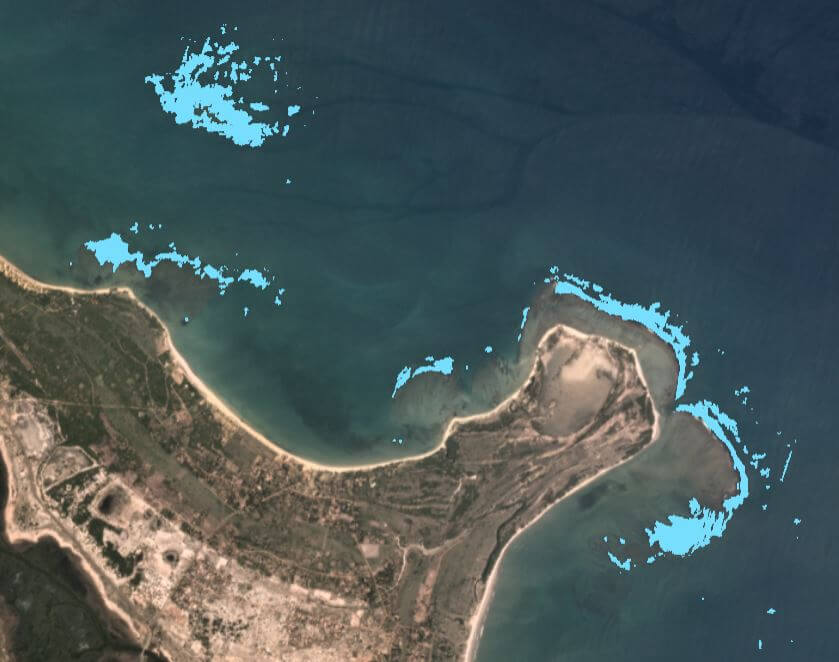SL001 – Sri Lanka – Coral Reef Monitoring Internship – Overview
SL001 – Sri Lanka – Coral Reef Monitoring Internship
Overview
Coral reefs around the world are being degraded by both human activities and natural impacts. Climate change-related coral bleaching has resulted in a rapid, large scale loss of healthy coral reefs in many countries.
Our local partner, Blue Resources Trust, has been conducting long term coral reef research and monitoring to document long term changes and understand the biological and oceanographic variables that influence the resilience of coral reefs to coral bleaching and other major stress events. This research is then leveraged to support better management of coral reefs and Marine Protected Areas in Sri Lanka.
Climate, geography and ecosystems
The project is based in Kalkudah, a small fishing village located near the popular resort beach of Pasikudah, in the eastern dry zone of Sri Lanka. The climate is hot and dry, with a wet season from December to February.
The landscape is flat, comprising of scrub forests, dry tropical forests, agricultural lands and coastal wetlands, with isolated rocky hillocks further inland. The coastline consists of sandy beaches, lagoons, estuaries and coral reefs. The Maduru Oya river system drains into the ocean via the Valachchenai estuary which contains extensive mangrove habitats and seagrass communities. Fringing coral reefs and rocky reefs are found along the coast, with significant reef systems around Kayankerni, Pasikudah and Punnakuda. Kayankerni reef remains of the healthiest coral reef systems in Sri Lanka, with minimal impacts from the 2016 coral bleaching event.
Blue Resources Trust is currently supporting initiatives by the Sri Lankan Department of Wildlife Conservation to declare the reef as a marine sanctuary. There are also several shipwrecks in the area including the SS British Sergeant, sunk by Japanese planes in WWII.
Geography

Dry season
March through to October
Best time for diving in the East as seas are calm and weather is generally sunny
Rainy season
November through to February
Rainy weather resulting from the North East monsoon.
Though diving is still possible, projects generally focus on land-based activities during this period
Ecosystems
Estuary
Grassland and scrub forest
Sandy beaches
Mangroves
Seagrass beds
Coral reefs
Key focus organisms
The east coast of Sri Lanka is rich in marine biodiversity. Fringing coral reefs along the east coast are known to contain more than 100 species of hard corals and over 200 species of reef fish. However, due to the lack of many detailed biodiversity assessments these numbers are likely to be heavily underestimated.
Reefs in the area are home to several threatened species and species with restricted distribution. These include the hard corals species Echinopora robusta and Porites desilverii and several reef fish such as the Humphead wrasse (Cheilinus undulates), and the Sri Lanka humphead parrotfish (Chlorurus rhakoura). Four species of seagrass are found within Valachchenai lagoon including the only known record of Halodule pinifolia from the east coast of Sri Lanka. Our partner, Blue Resources Trust, currently has research programs focusing on coral reefs, seagrass habitats and elasmobranchs.